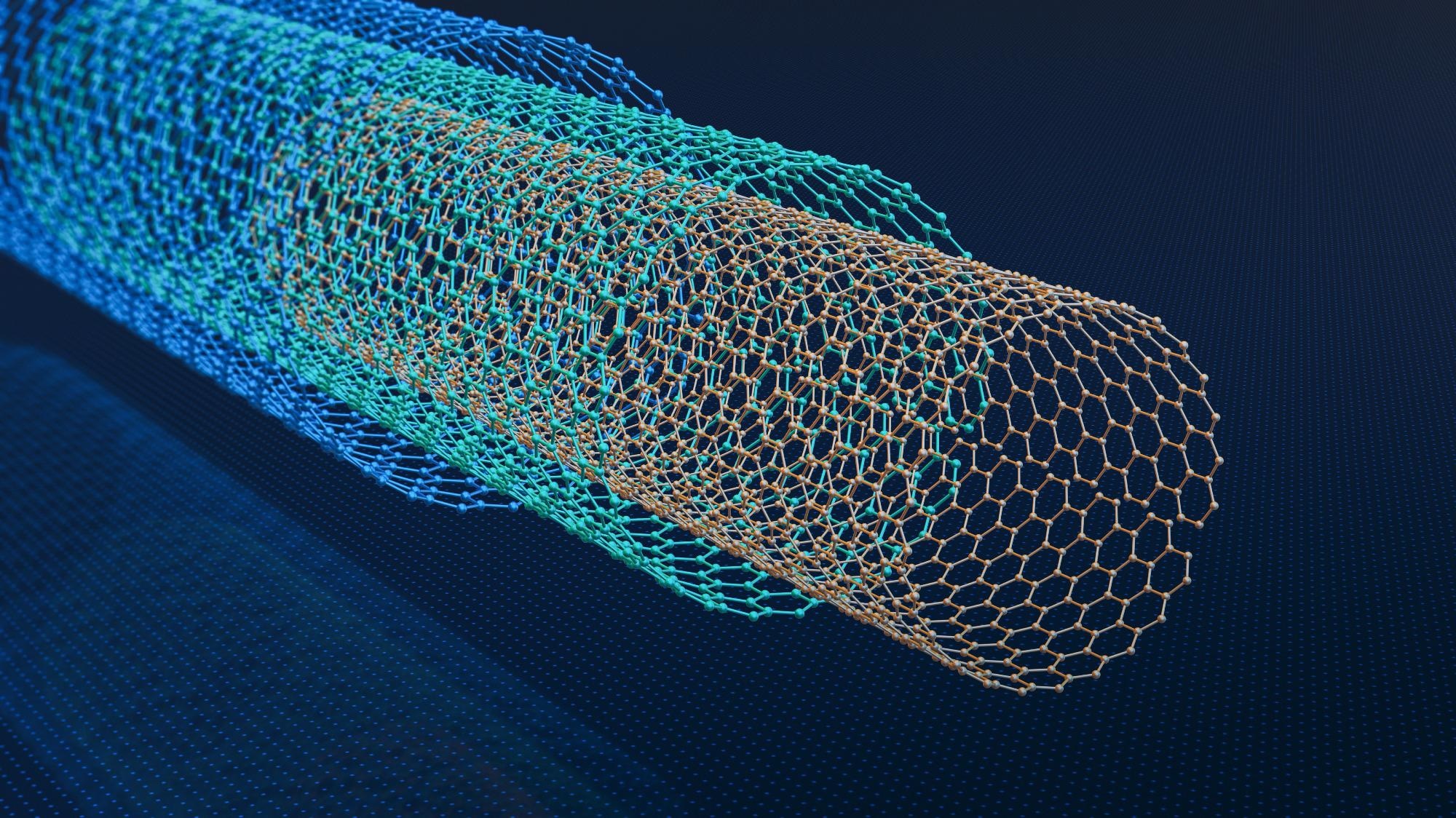Reviewed by Alex SmithMay 17 2022
Carbon nanostructures seen in circumstellar envelopes surrounding carbon-rich stars could have a chemical origin with soot particles created during fuel combustion.

Image Credit: Shutterstock.com/ lucadp
According to KAUST researchers, each process could be based on the same reaction mechanism. The suggested methodology might potentially lead to more efficient carbon nanomaterial production methods.
Polycyclic aromatic hydrocarbons (PAHs), which are analogous to clusters of fused benzene rings linked together by shared carbon-carbon pi-bonds, are assumed to be involved in the production of carbon-rich nanoparticles, whether interstellar or combustive.
Many theories have been suggested to explain how PAHs mix with other carbon molecules to form soot and other carbon nanoparticles.
All these studies, however, are insufficient to explain the inception of ‘peri-condensed aromatic hydrocarbons’ with only pi-bonds between carbon atoms, which can be present in large amounts in flames. We have proposed a new mechanism that explains the nucleation of peri-condensed aromatic hydrocarbons.
Hanfeng Jin, Postdoctoral Researchers, King Abdullah University of Science and Technology
The researchers demonstrated that peri-condensed aromatic hydrocarbon nucleation can be defined by interactions between aromatic aryl molecules and phenylacetylene using a hydrogen abstraction phenylacetylene addition (HAPaA) mechanism.
“Phenylacetylene is easily formed and can be present in considerable amounts in flames,” Jin explained.
Both benzene and acetylene, the precursors of phenylacetylene, are known to be important intermediates in astrochemistry and combustion chemistry, according to Jin.
The researchers performed quantum chemical simulations to show that adding phenylacetylene to zig-zag- and armchair- shaped structures around the aryl molecule periphery can produce peri-condensed aromatic hydrocarbons.
Since the first stage in the HAPaA process has no energy barrier, it applies to both low-temperature interstellar chemistry and high-temperature combustion.
Theoretical predictions for HAPaA reaction intermediates and products were validated experimentally using state-of-the-art synchrotron vacuum ultraviolet photoionization molecular beam mass spectrometry, according to Jin.
The HAPaA process was also applicable to larger molecular analogues of phenylacetylene, allowing for multiple cycles of PAH clustering and leading to the creation of carbonaceous nanoparticles.
The beauty of our proposed mechanism, compared to the traditional pathways of PAH formation and growth, is that it is universally applicable. This mechanistic understanding would help us limit the formation of soot particles from combustion systems, for example, by using chemical compounds that suppress zig-zag and armchair peripheries, which increase the efficiency of HAPaA mechanism.
Aamir Farooq, King Abdullah University of Science and Technology
Farooq added, “Likewise, our proposed mechanism can be used to increase the fidelity of models used for predicting the evolution of carbon in the interstellar media.”
Journal Reference:
Jin, H., et al. (2021) Inception of Carbonaceous Nanostructures via Hydrogen-Abstraction Phenylacetylene-Addition Mechanism. J Am Chem Soc. doi:10.1021/jacs.1c08230.